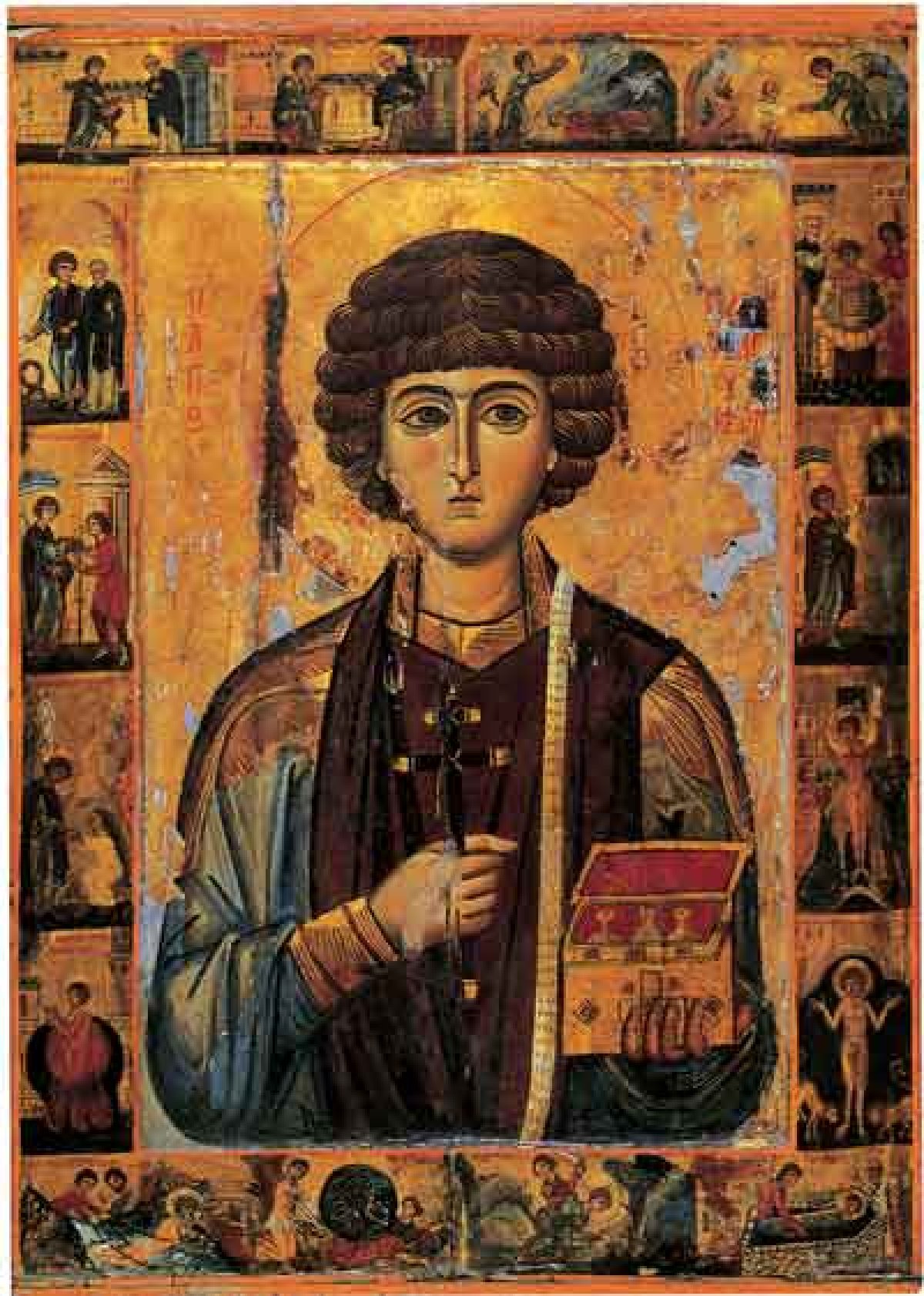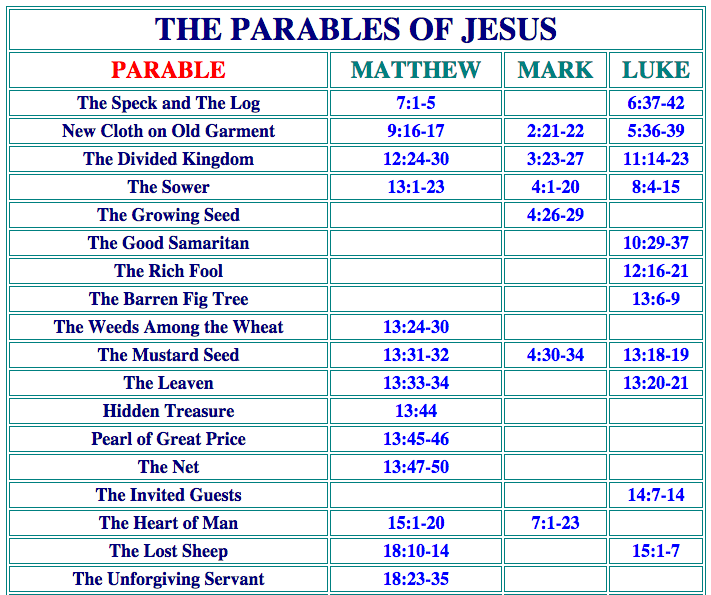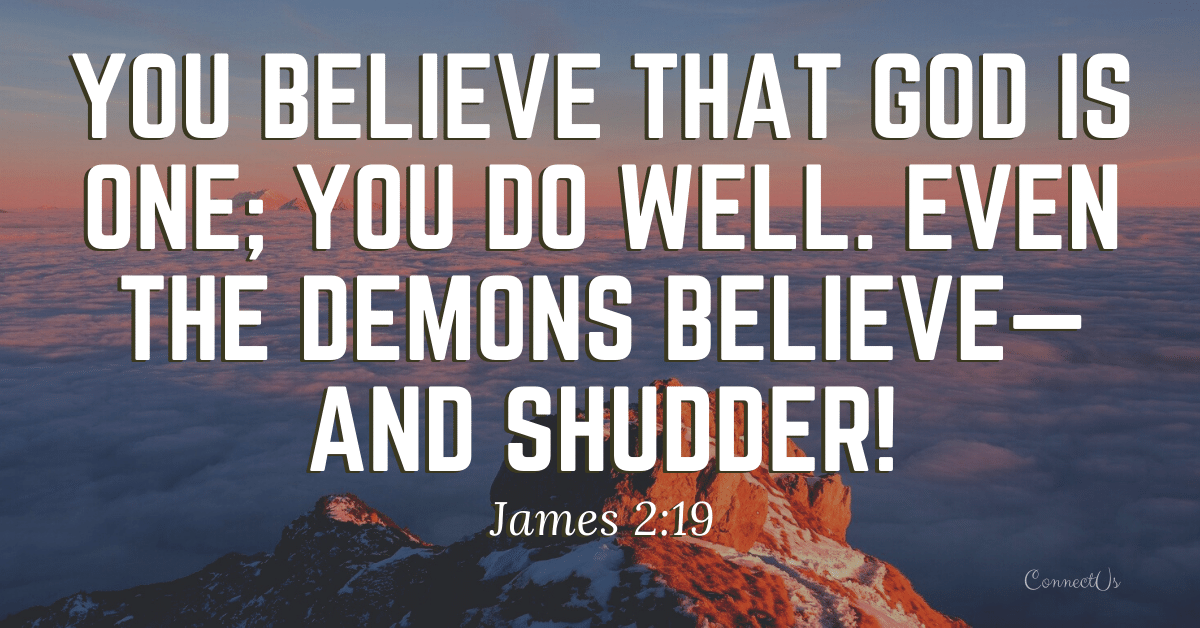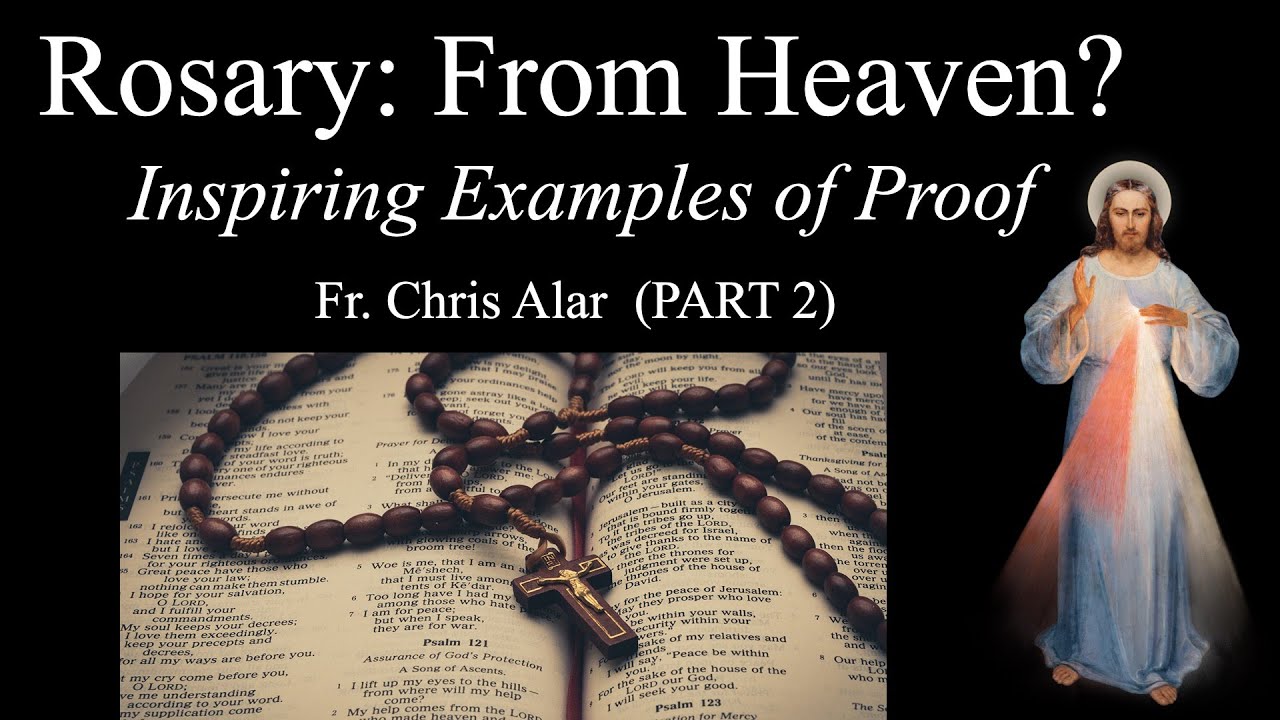Sermons For Unveiling Of Tombstones
Sermons For Unveiling Of Tombstones
Unveiling of a tombstone is an acknowledgement of the death of a loved one. The process creates an opportunity to reflect on the past, and it may also be a time to celebrate their life and acknowledge their accomplishments. There are many reasons for unveiling a tombstone. The number of people attending the ceremony will help in deciding the venue for holding it. It is common to hold it close to the deceased’s burial site but not always necessary if relatives live far away from one another. In some cultures, this practice is referred to as dedication or unveiling; other cultures refer to this ceremony as “tomb-sweeping”. The ceremony can be held many months or even years after the burial has taken place; some people prefer having this religious act performed closer in time while others feel no need for haste since their loved ones have already left us forever.”
Unveiling of a tombstone is an acknowledgement of the death of a loved one.
The unveiling of a tombstone is an acknowledgment of the death of a beloved one. It is an opportunity for friends and family to gather together, remember their loved one and celebrate their life. The ceremony also gives you an opportunity to say goodbye when you are ready to do so.
The unveiling ceremony can take place at any time after the interment has taken place but it should not be held on Sunday or Monday as these days are reserved for visiting gravesites.
The process creates an opportunity to reflect on the past.
The process of unveiling a tombstone is an opportunity to reflect on the life of the deceased and one’s own mortality. It can also be used as an opportunity for self-reflection to think about how you are connected to others, even if it is through death.
It may also be a time to celebrate their life and acknowledge their accomplishments.
Whether it be a time to celebrate their life and acknowledge their accomplishments, or if you are just looking for an opportunity to reflect on your own mortality.
A memorial service is also an important way to lift up the name of someone who has passed away. The service can be at any church, funeral home or other location where members of the community can gather together in prayer and fellowship with one another.
There are many reasons for unveiling a tombstone.
Unveiling a tombstone is a very important and meaningful event for both the family and community. There are many reasons why a person might choose to unveil their loved one’s tombstone, including:
- celebrating the life of the deceased.
- honoring the deceased.
- honoring the family of the deceased, who has also lost someone they love dearly.
- honoring their culture and what it means to them as individuals and members of their community.
- honoring their beliefs in life as well as death by revealing what was hidden by what was written on top of it beforehand: your name, birthdate, deathdate (not always), other information about yourself like whether or not you were married or had children etcetera; sometimes even things like how old were you when this happened? “He lived until he was 96 years old before passing away peacefully at home surrounded by family.” You could also include anything else personal details such as hobbies/interests which may have been fun conversations between friends back when they were still alive (and maybe even now).
The number of people attending the ceremony will help in deciding the venue for holding it.
The number of people attending the ceremony will help in deciding the venue for holding it. The venue should be large enough to accommodate everyone comfortably and safely. It must also have good accessibility and security measures. There should also be no problem with its location as well as with any other important aspects that you may want to consider such as religious significance or cultural background of your loved ones, etc.
It is common to hold it close to the deceased’s burial site.
The ceremony can be held many months or even years after the burial has taken place. Some cultures prefer it to be held close to the deceased’s burial site, while others choose to hold it at a place of worship or at their residence.
In some cultures, families may choose not to have a ceremony for another year and then arrange one when all family members are available. If your loved one has passed away recently and you want to celebrate their life as soon as possible, there are still plenty of ways that you can honor them through burial rituals and ceremonies.
In some cultures, this practice is referred to as unveiling or dedication.
In some cultures, this practice is referred to as “unveiling” or “dedication.” It’s an acknowledgement of the death of a loved one and may create an opportunity to reflect on the past. It may also be a time to celebrate their life and acknowledge their accomplishments.
In your own words: What are some traditions in your culture that take place when someone dies?
The ceremony can be held many months or even years after the burial has taken place.
A funeral service can be held many months or even years after the burial has taken place. This is usually called an unveiling. The memorial stone is removed from the grave and placed in front of the coffin, where everyone can see it. As each family member makes their way up to view the body, they are given a moment of silence to reflect on their loved one’s life and death. The ceremony is then followed by a reception that allows family members and friends to communicate with each other about how they’re coping with their loss.
In some cultures, there is no formal ceremony, but people will still gather around the grave site and share memories of the deceased.
In some cultures, there is no formal ceremony, but people will still gather around the grave site and share memories of the deceased. Friends and family members may also bring flowers or other items to place on the tombstone. Others may leave a note or memento of the deceased.
Other cultures hold special prayers or songs that are intended to honor the dead person.
Other cultures hold special prayers or songs that are intended to honor the dead person. These prayers or songs can be religious or secular and may be in the native language of the deceased or in the language of those who attend. If you are unfamiliar with your culture’s traditions, it is always best to ask someone who would know what they should say and how they should say it. Some cultures use English as well as their native languages for honoring their dead during these ceremonies.
Some people prefer to have a large gathering so they can share memories with family and friends in attendance.
Some people prefer to have a large gathering so they can share memories with family and friends in attendance. Most of the time, attendees will not be thinking about the deceased during the service; it’s usually focused on how amazing the person was. However, this is not always true. If more people are there, it’s more likely that someone will remember something special about them or how much they did for them. It can also help celebrate their life because there were so many people who cared about them as well!
Unveiling of a tombstone is symbolic for some, whereas others prefer not to participate in this cultural practice
The unveiling of a tombstone is symbolic for some, whereas others prefer not to participate in this cultural practice.
- For those who believe it is an act of honoring the dead, they may feel that it is appropriate because they have lost someone or know someone who has died. By participating in this ceremony, they are showing respect for their loved one who has passed away and are showing their love for them by saying goodbye once again with their friends and family.
- For those who believe it is an act of remembering the deceased, they may feel that it is appropriate because when you look at your loved one’s tombstone every day, you will always remember them and think about all the good times that you had together while they were alive.
- And finally, there are some people who believe it is an act of celebrating the life of someone after they have died. This can include celebrating what type person he/she was during his/her lifetime through stories told from friends and family members about him/her as well as being able to display pictures from his/her life so people attending understand what kind of person he/she was like before passing away.”
We hope that you will find this article helpful and informative.







